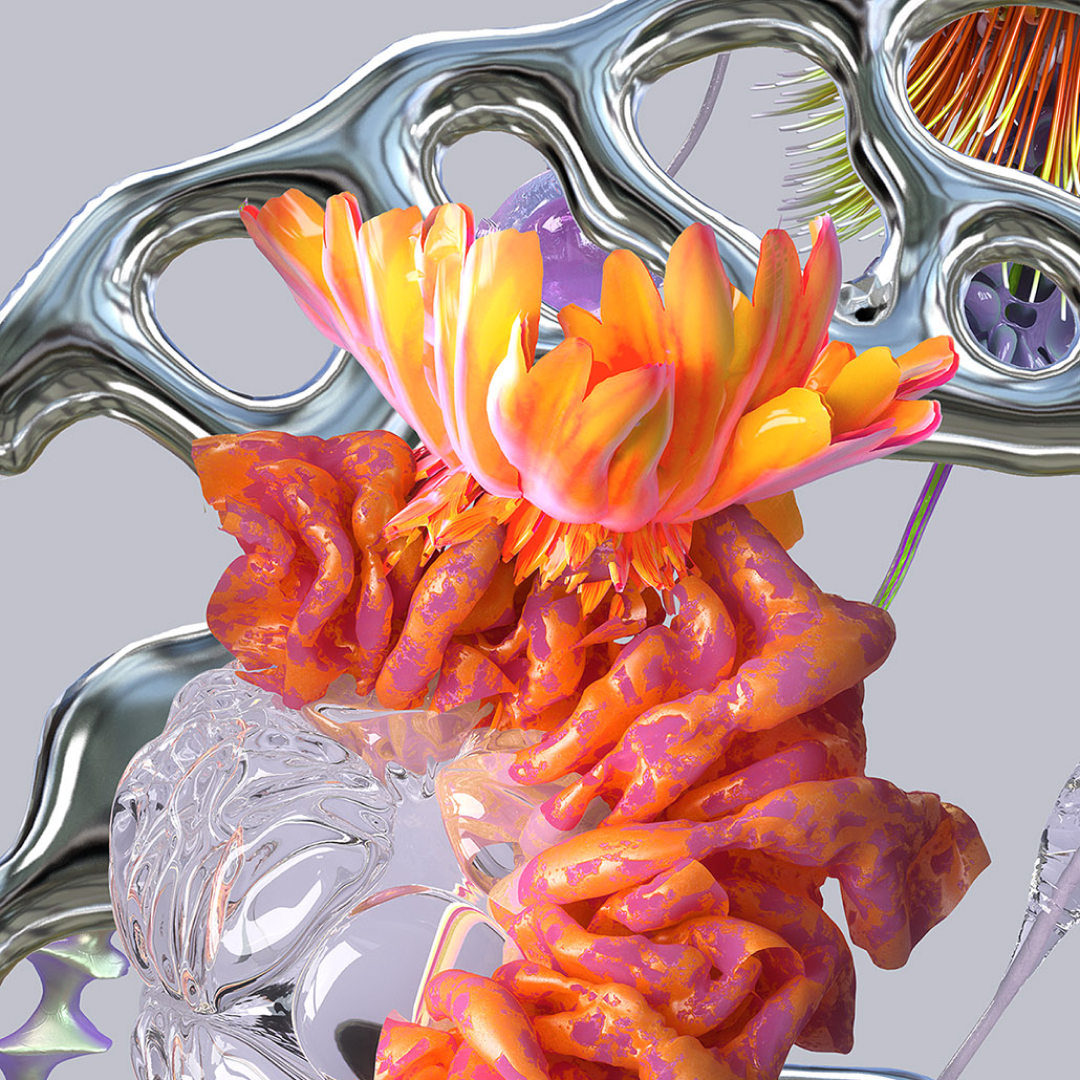
A dialogue on art, philosophy and self irony
May 11, 2023
Decoding Norman Foster's Urban Singularity: When Design Transcends Boundaries
Lord Norman Foster, at 89, continues to inspire with his visionary approach, urging designers to prioritize sustainable urban development and never lose sight of the human element amidst technological advancements.

© E. Moreno Esquibel
The iconic British architect and designer, Lord Norman Foster, is celebrating his 89th birthday this year, marking a lifetime of groundbreaking work that has inspired generations of architects worldwide. With over six decades of experience, Foster has reshaped the world around us with his innovative use of modern materials and commitment to sustainable design.
Text
by Natasha Klimchuk
His impressive portfolio of projects and countless awards are a testament to his unparalleled talent and dedication to pushing the boundaries of architecture. Foster's influence extends far beyond his designs; he is a true visionary who continues to challenge the status quo and inspire others to think differently.
As we are inspired of Lord Norman Foster's remarkable career, we are reminded of the extraordinary impact he has had on the world of architecture and design. His legacy will continue to inspire future generations to dream big and create a better world for all.
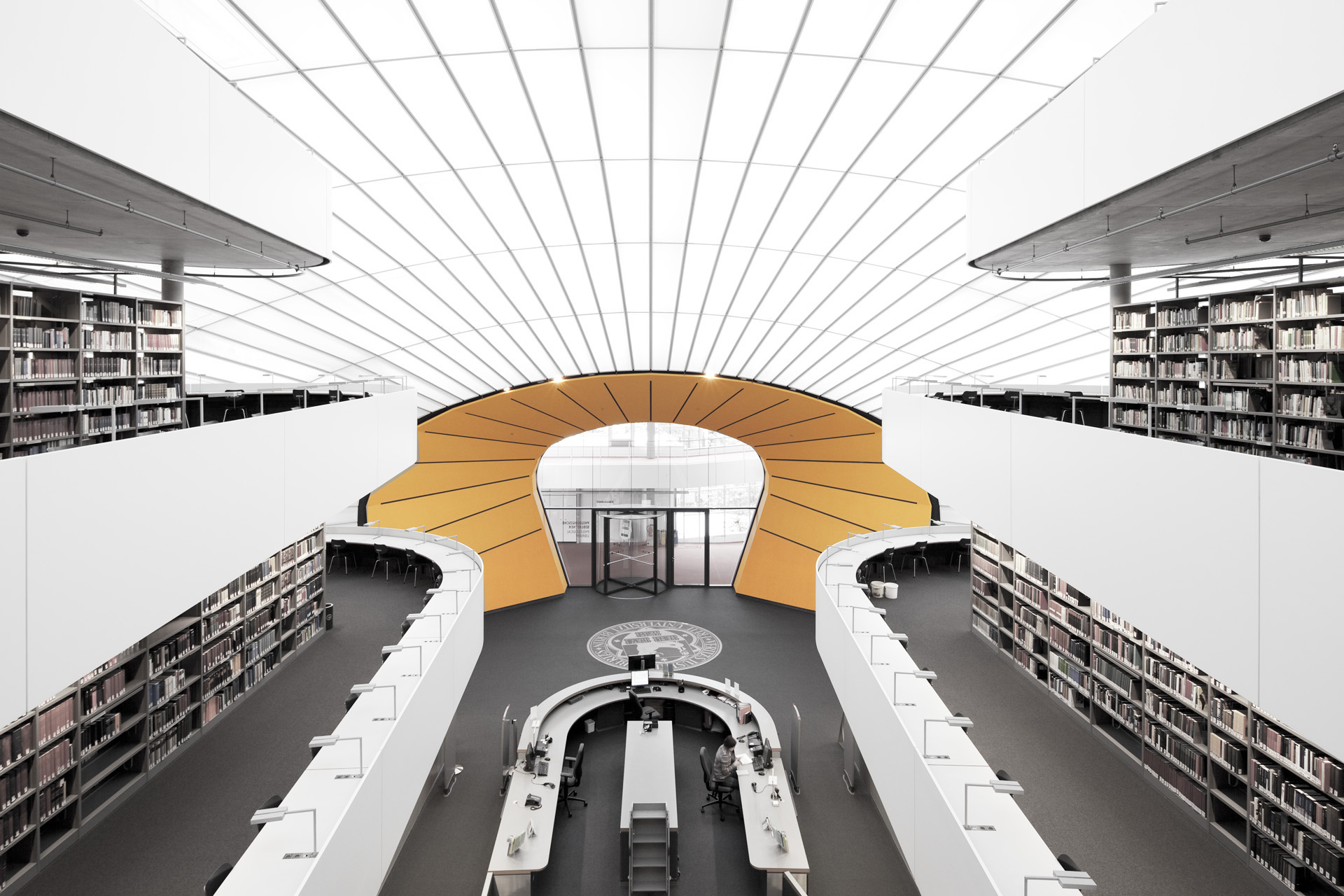
Philological Library at Berlin Free University © Felix Loechner
At Milan Design Week, Foster delivered a powerful message to fellow designers, urging them to stay grounded in reality and remain skeptical of artificial intelligence. Quoting architect Daniel Hudson, Foster reminded his audience of the importance of staying true to one's principles and never losing sight of the human element in design.
Make no little plans; they have no magic to stir men's blood and probably themselves will not be realized. Make big plans; aim high in hope and work, remembering that a noble, logical diagram once recorded will never die, but long after we are gone will be a living thing, asserting itself with ever-growing insistency. Remember that our sons and grandsons are going to do things that would stagger us. Let your watchword be order and your beacon beauty.
— Daniel Hudson Burnham
Some quotes from the speech
Cities really are our future. Two out of three people will be living in cities by 2050. And cities generate 90% of global wealth. The Gross domestic product of New York is equivalent to the GDP of Canada. Los Angeles is equivalent to Australia. And if that's good news, then perhaps the downside is that they're responsible for 70% of emission of greenhouse gases. So obviously, there's a very powerful link between cities and combating climate change.

Contemplate about the urbanisation consequences of the predicted 2 million growth in population and add to that equalising some of the inequalities in terms of 14% of humanity which doesn't have what we take for granted in terms of being able to throw a switch, get electric light for lighting and heating, electricity, clean water or sanitation.
New cities will happen, mostly in Asia, in Africa, in Latin America, the Middle East between now and 2050. 35 cities the size of Milan every year.
The public spaces, the outdoor rooms where the facades are the walls, the sky is the ceiling, the plazas, the boulevards, the bridges, the public transport system — It's that infrastructure which is the DNA of a city. It's that infrastructure, its pattern, its organization that makes one city different from another. You could say it's the urban glue.
In sustainability terms, in terms of energy consumed, the compact city is the winner, the sprawling carbon city is, has much greater consumption of energy.
Paraphrasing Winston Churchill, we shape our cities and in turn those cities shape us, us as individuals.
The building must anticipate a future. In other words, it's designed today what the needs are today, but it has to anticipate a future which is unknown, but with an awareness of learning from the past.
The only way to start the architecture was with a grooming pen and ink. The technology changed and the computer obviously enables us to make more rapid exploration, enables us to have tools which, in more complex buildings, ensure that we can integrate more effectively the many separate systems which come together in the building. It is the accumulation of all the past knowledge with instant access to it. If that's the technological, there's also the social. The social, perhaps if I go back to the birth of practice in the 1960s, then talking as we were about recycling, harvesting solar energy, working with nature, reducing energy, that was a fringe. Today, it's mainstream. So, in many ways, there's the greatest synchronization between the public awareness of critical issues such as climate change and the professions which relate directly to those issues. Remember, however much we debate and have discourse about the technological changes, the digital world, the reality is that we all come together in the physical world, and I don't know what big disbuilding goes back to, but it should be a reminder of the importance of that physical world. And... probably invisible, the little thing that you just put in your pocket now, the iPhone. It's worth remembering that that's only possible because of data centres. And data centres, you probably never really see. They're fast, fast sheds. They're consuming water, typically 7 million gallons a day. and they consume the equivalent electricity of a country like South Africa. So the digital world is dependent on the physical world, and we're dependent on the physical world. And in that sense, architecture has not changed. It's about making spaces, cities have not changed. We're rediscovering the importance of the street, an avenue of trees. We live in the real world.
Buildings
Norman Foster's architecture can be described as a harmonious blend of form and function, where every element serves a purpose and contributes to the overall aesthetic of the building. His designs are characterized by clean lines, geometric shapes, and a sense of lightness and transparency.
His buildings are often designed with the environment in mind, incorporating green technologies and materials to minimize their impact on the planet.
Foster's architecture also embodies a sense of optimism and progressiveness, with his innovative use of materials and technology pushing the boundaries of what is possible in design. His buildings often evoke a sense of wonder and awe, inviting viewers to contemplate the possibilities of human creativity and ingenuity.
The Gherkin (30 St Mary Axe)
This iconic skyscraper in London, designed by Norman Foster, is a symbol of modernity and innovation. Its sleek and futuristic design challenges traditional notions of architecture and pushes the boundaries of what is possible in terms of form and function. From a philosophical perspective, the Gherkin represents the idea that progress and advancement are essential for society to thrive, and that embracing change and new ideas can lead to groundbreaking achievements.
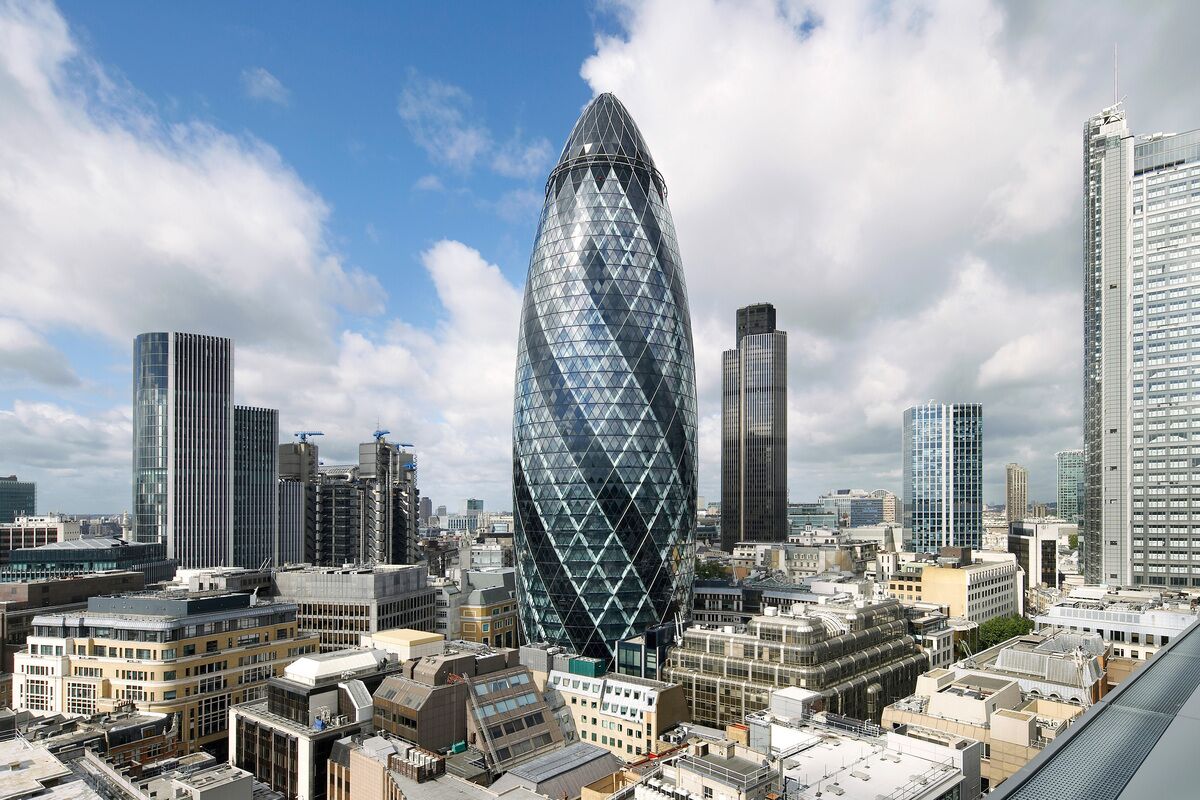
© View Pictures / Universal Images Group / Getty Images
The Reichstag Dome
Situated atop the historic Reichstag building in Berlin, this glass dome designed by Norman Foster serves as a symbol of transparency and democracy. Its open design allows natural light to flood into the parliamentary chamber below, emphasizing the importance of openness and accountability in government.
Philosophically, the Reichstag Dome represents the idea that true progress can only be achieved through honesty, integrity, and inclusivity.
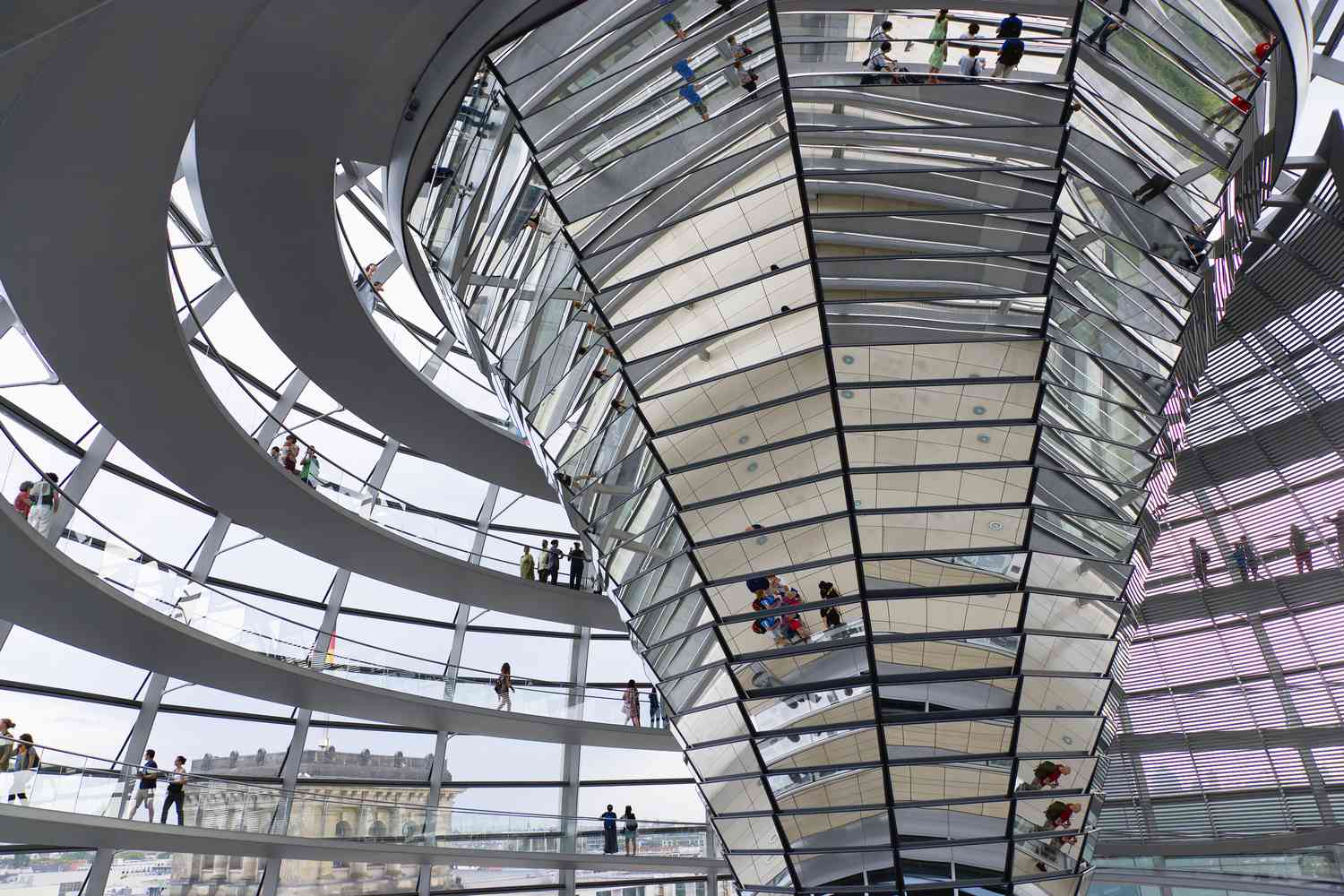
© Paul Seheult/ Eye Ubiquitous
The Hearst Tower
Located in New York City, this striking building designed by Norman Foster combines a historic facade with a modern glass tower, creating a harmonious blend of old and new. This juxtaposition of styles reflects the philosophical concept of continuity and evolution, showing that progress does not necessarily mean abandoning the past but rather building upon it to create something greater.
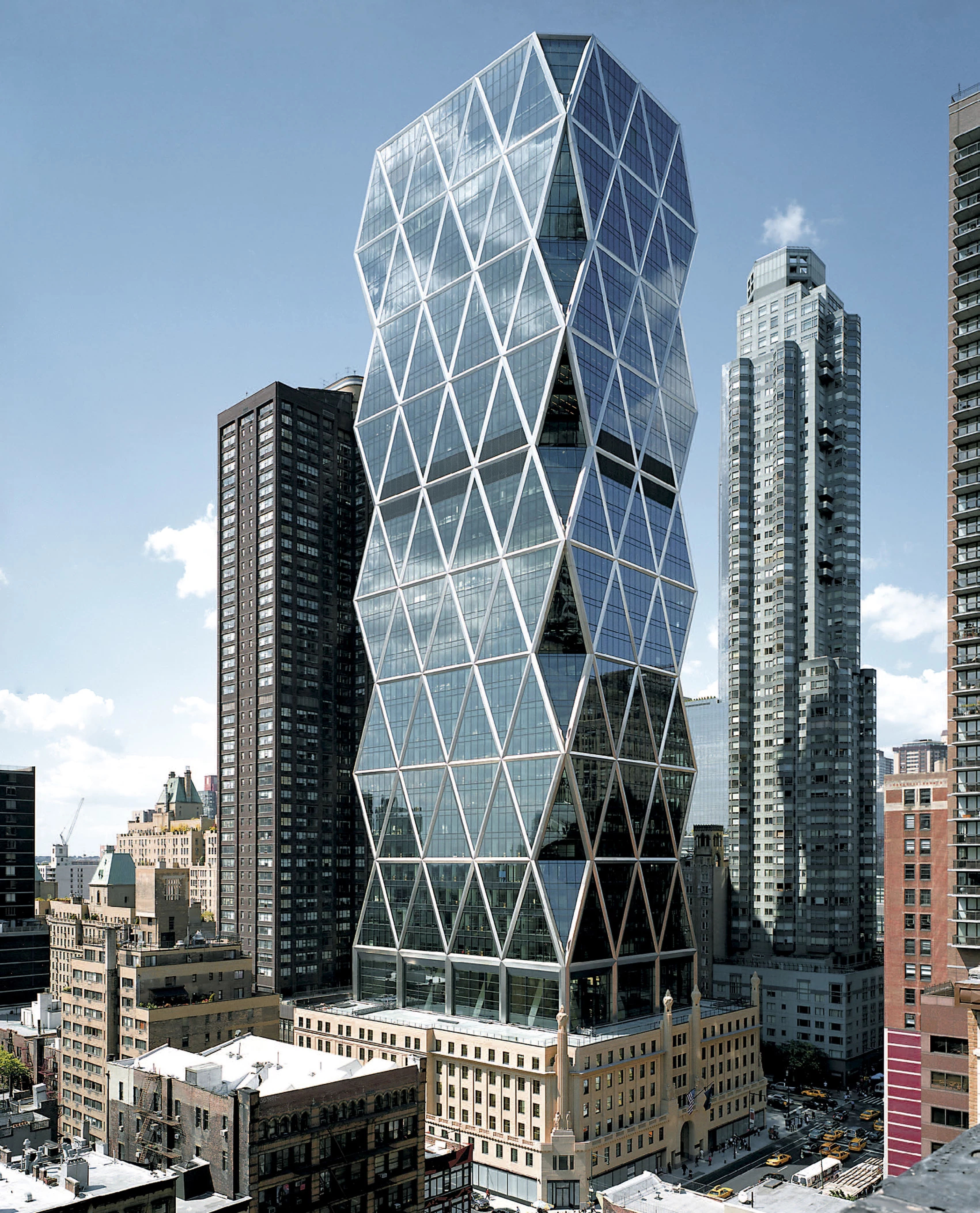
© Chuck Choi
Apple Park
Designed by Norman Foster in collaboration with Steve Jobs, Apple Park is a testament to innovation, sustainability, and creativity. The campus's circular design fosters collaboration among employees while its eco-friendly features showcase a commitment to environmental stewardship. From a philosophical perspective, Apple Park embodies the belief that technology can be harnessed for positive change when guided by ethical principles and a vision for a better future.
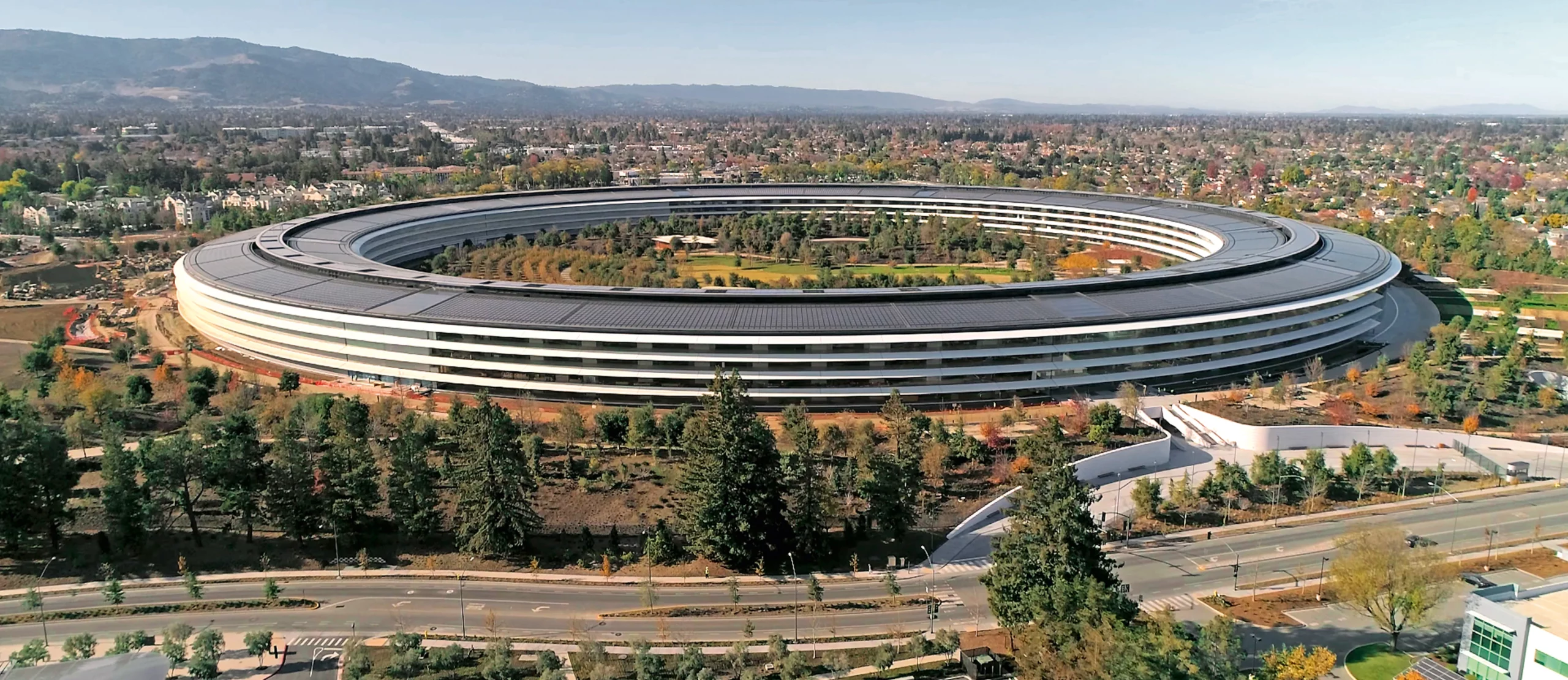
© Deborah Berke
The Hong Kong and Shanghai Bank Headquarters
This building in Hong Kong showcases Foster's belief in the power of architecture to inspire awe and create a sense of community.

© ArchDaily ISSN 0719-8884
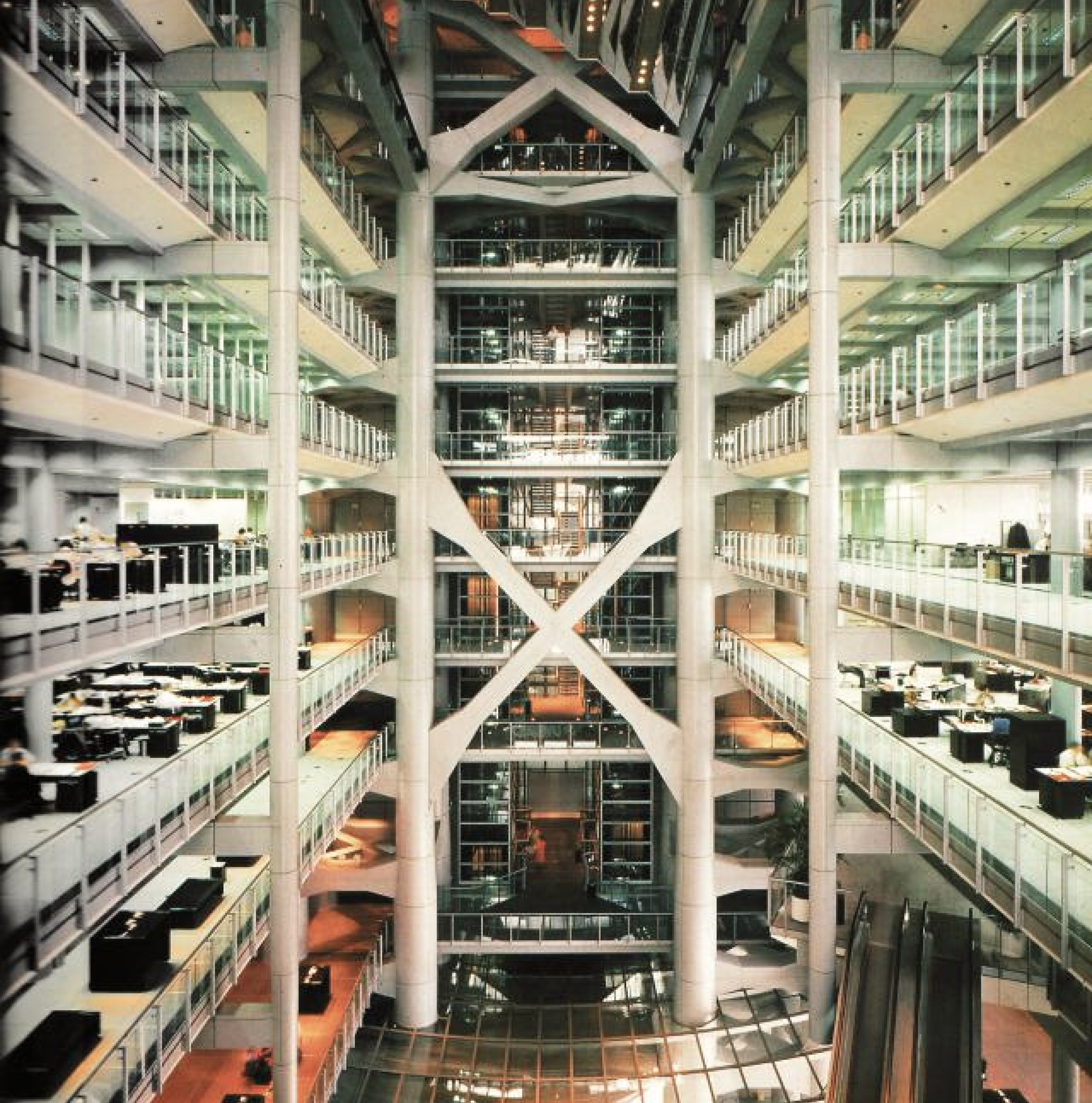
© ERCO
The Sage Gateshead
This concert hall in England embodies Foster's passion for cultural institutions that bring people together and enrich their lives through art and music.
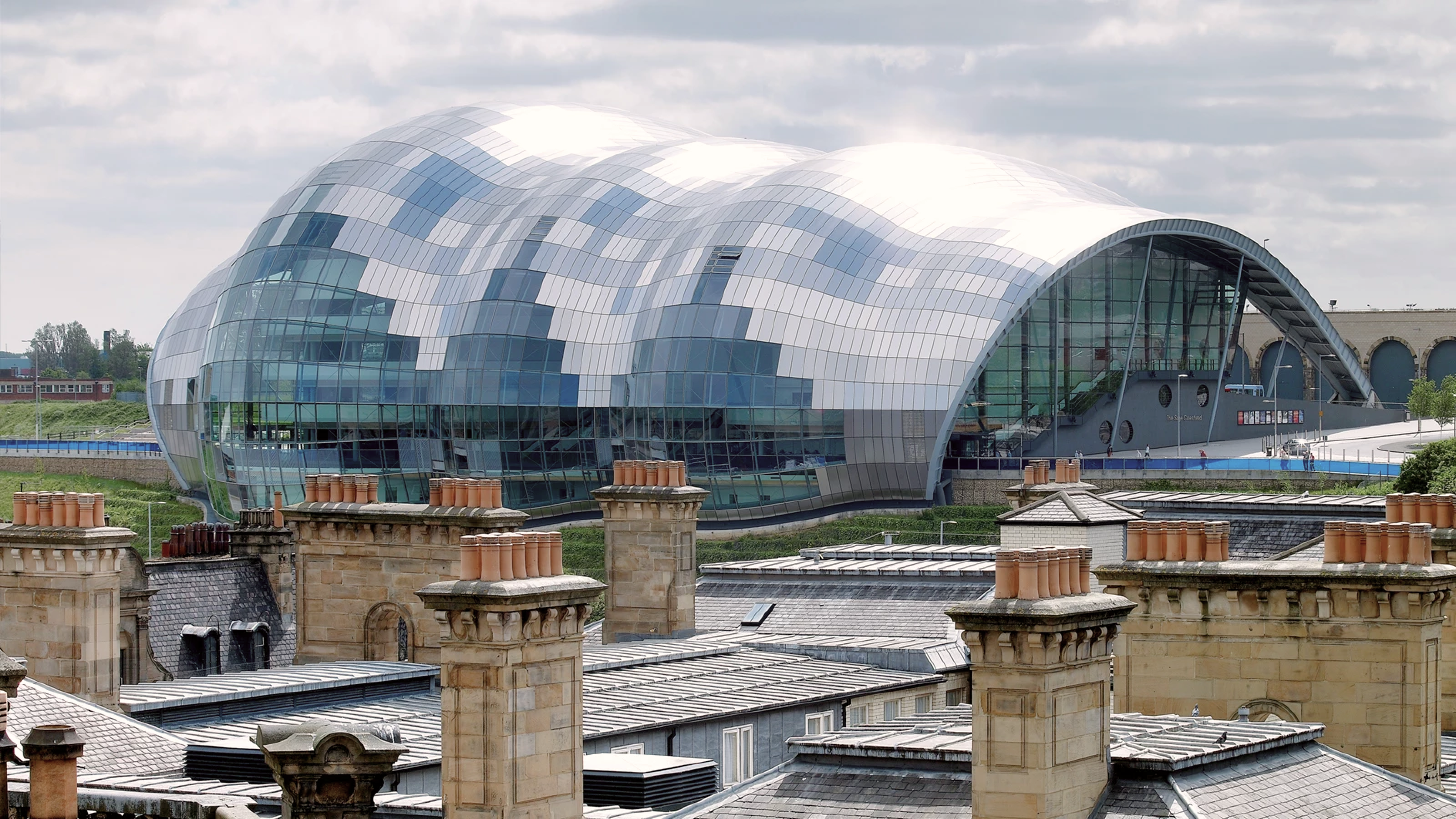
© Nigel Young
The McLaren Technology Centre
This futuristic complex in Surrey, England reflects Foster's fascination with cutting-edge technology and his belief in its potential to transform society.
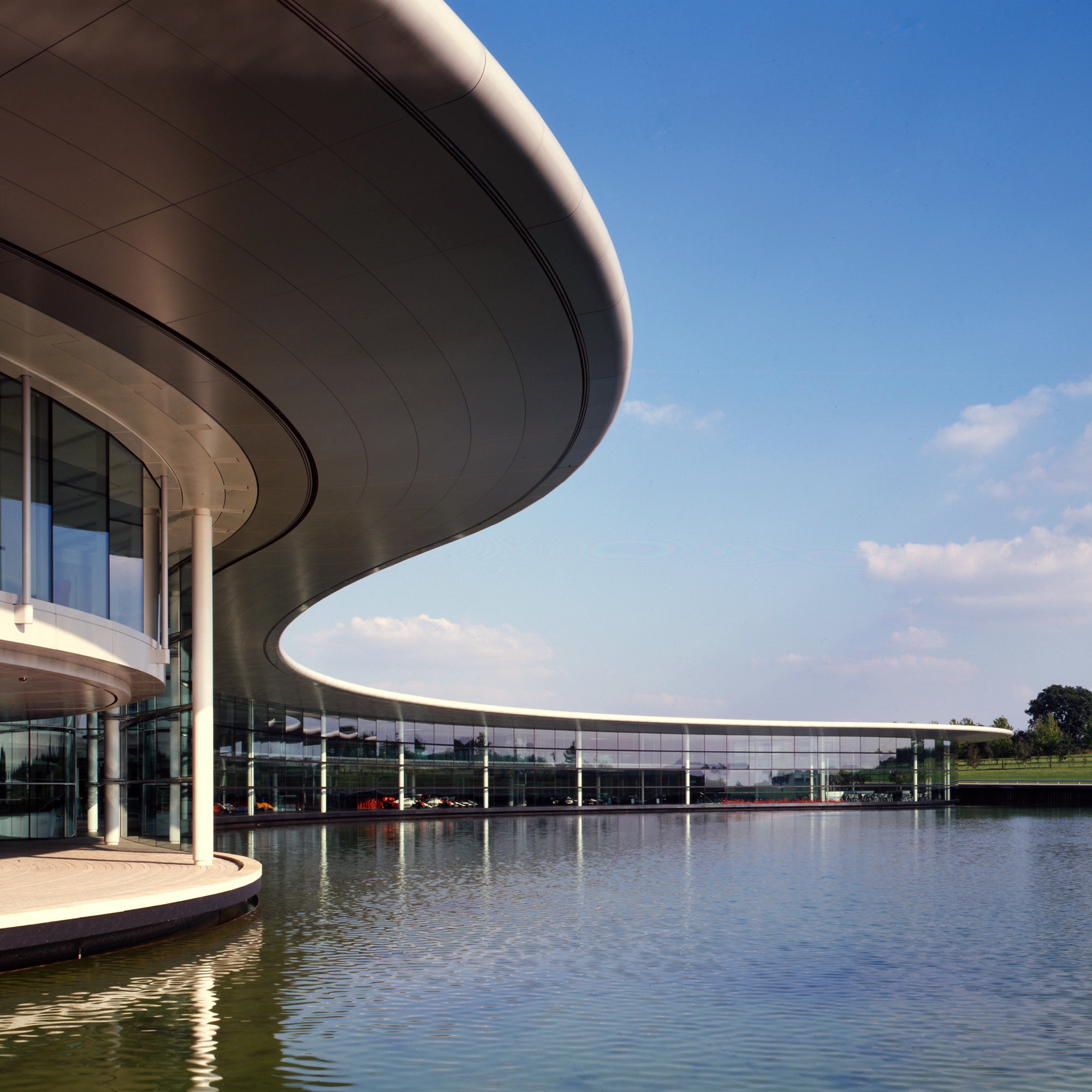
© Foster+Partenrs
The Carré d'Art
Located in Nîmes, France, this museum exemplifies Foster's commitment to creating spaces that foster creativity, dialogue, and intellectual exchange.
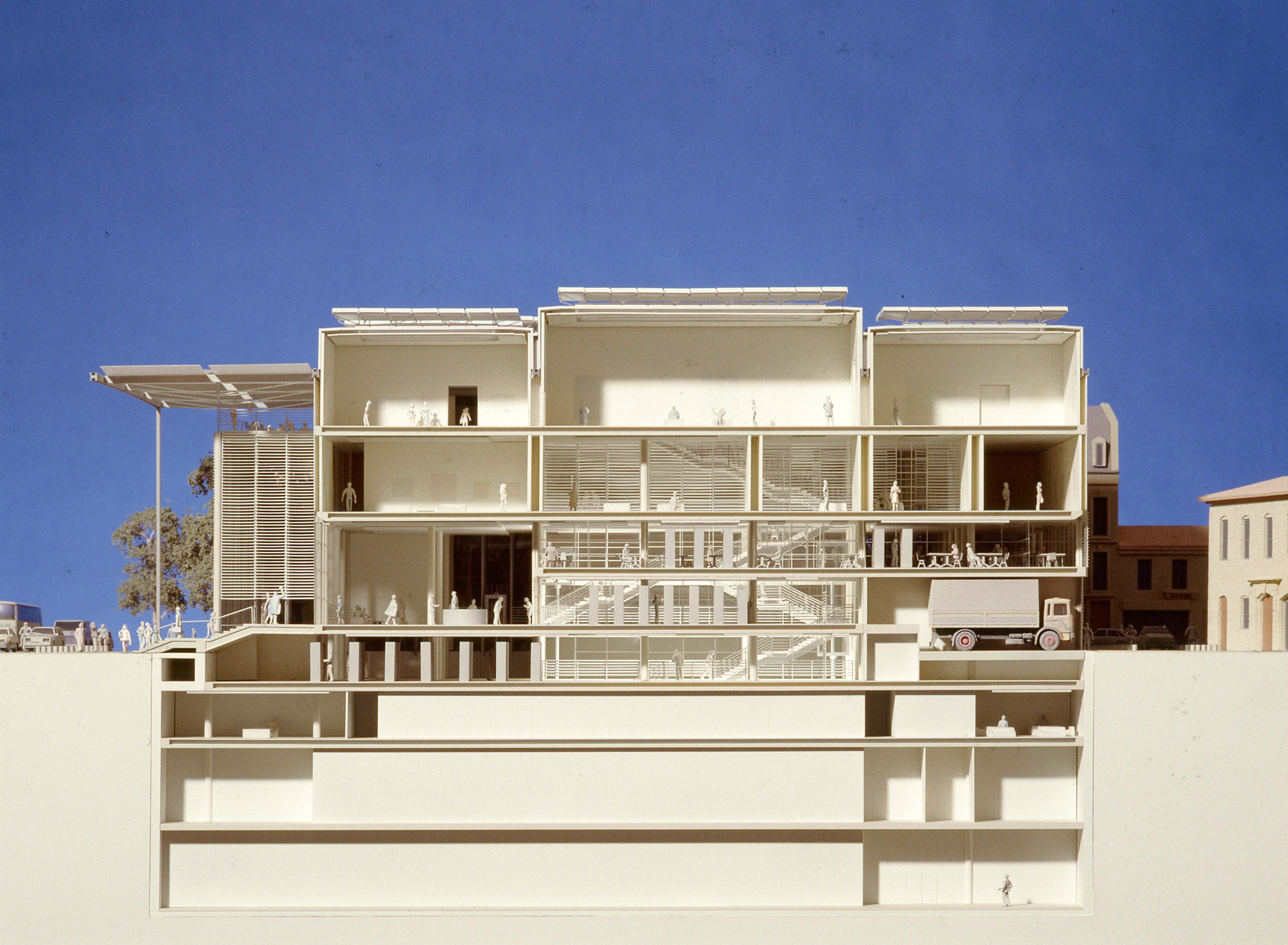
© Foster+Partenrs
Bridges
Norman Foster’s bridges push the boundaries of engineering and aesthetics. They are not just functional structures but also works of art that reflect his philosophical approach to architecture.
Foster's bridges are often characterized by their sleek and minimalist design, with clean lines and a focus on simplicity and efficiency. He seeks to create spaces that not only serve a practical purpose but also elevate the human spirit.
Millau Viaduct, France
The Millau Viaduct is a masterpiece of engineering and design, soaring over the Tarn River valley with grace and elegance. This bridge represents the triumph of human ingenuity over nature's obstacles, symbolizing our ability to overcome challenges and reach new heights.
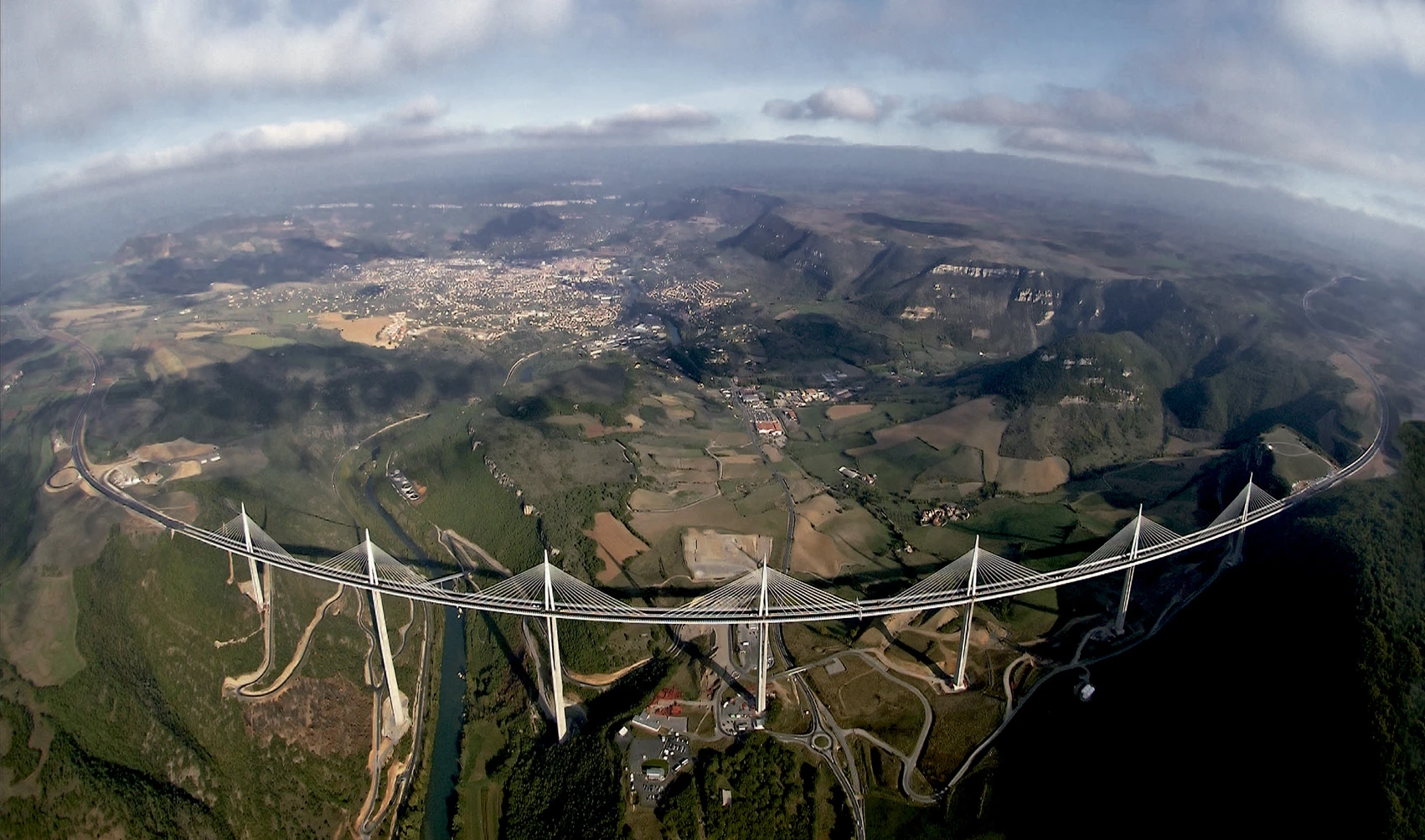
© Stéphane Compoint
The Helix Bridge, Singapore
The Helix Bridge is a stunning example of Foster's innovative approach to bridge design, with its unique double helix structure inspired by the DNA molecule.
In a philosophical context, this bridge can be seen as a metaphor for the interconnectedness of all living beings and the infinite possibilities that arise from collaboration and cooperation.
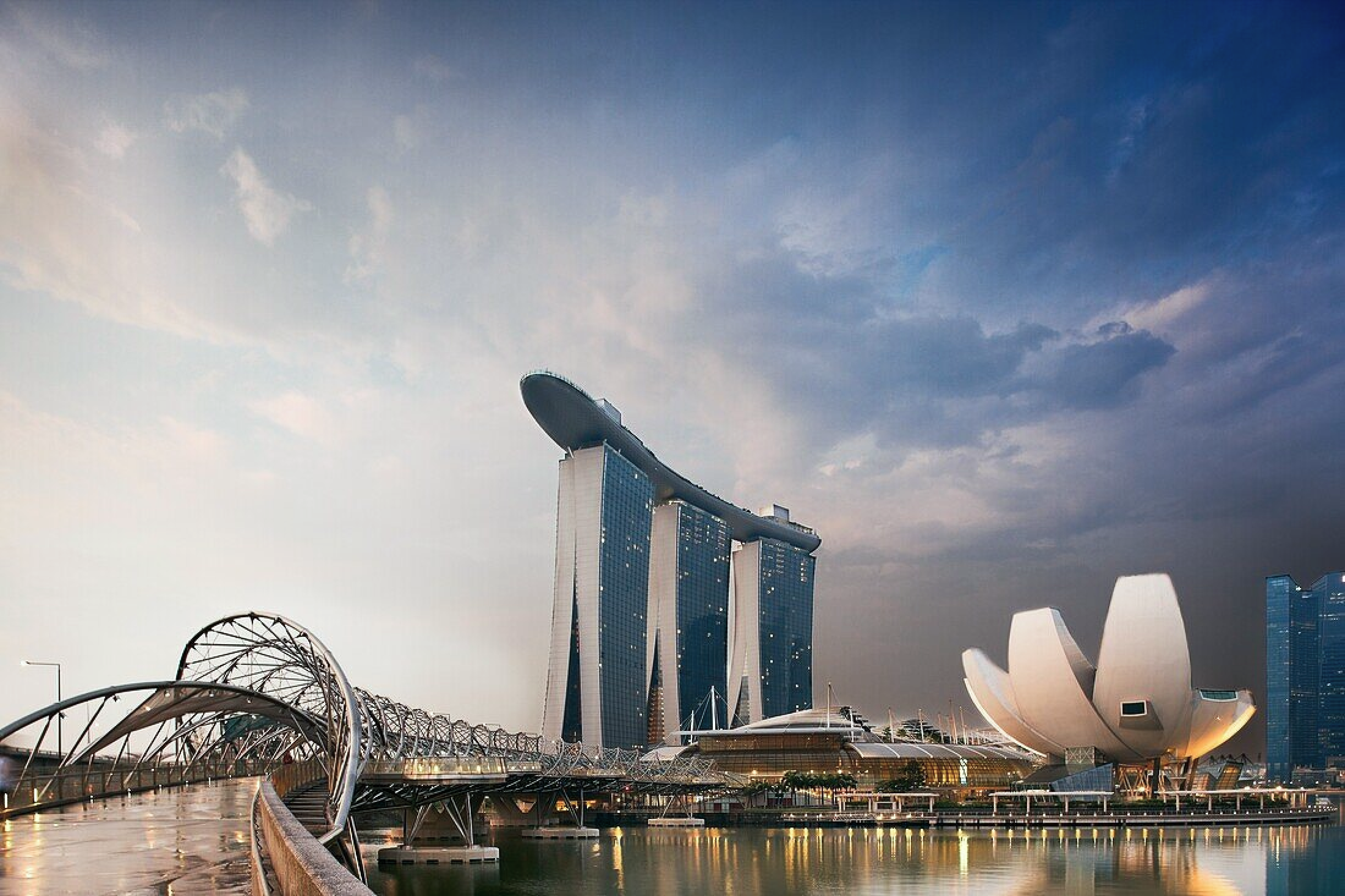
© Lookphotos
The Millennium Bridge, London
Foster's design for the Millennium Bridge in London is a modern marvel of engineering and aesthetics, with its sleek lines and innovative suspension system. This bridge is a symbol of progress and connectivity, linking people and ideas across time and space.
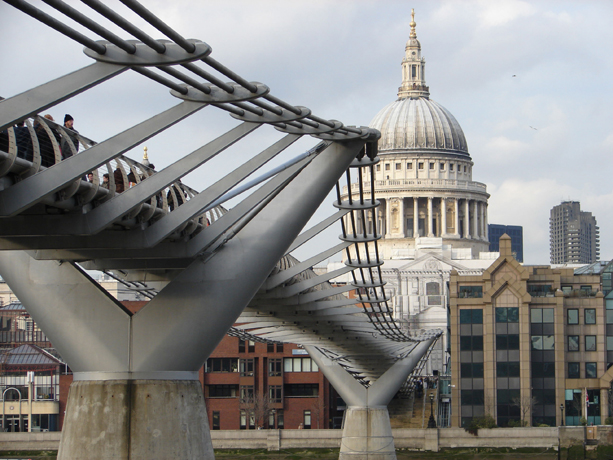
© API abroad
The Millennium Bridge, London
Foster's design for the Millennium Bridge in London is a modern marvel of engineering and aesthetics, with its sleek lines and innovative suspension system. From a philosophical perspective, this bridge symbolizes progress and connectivity, linking people and ideas across time and space.
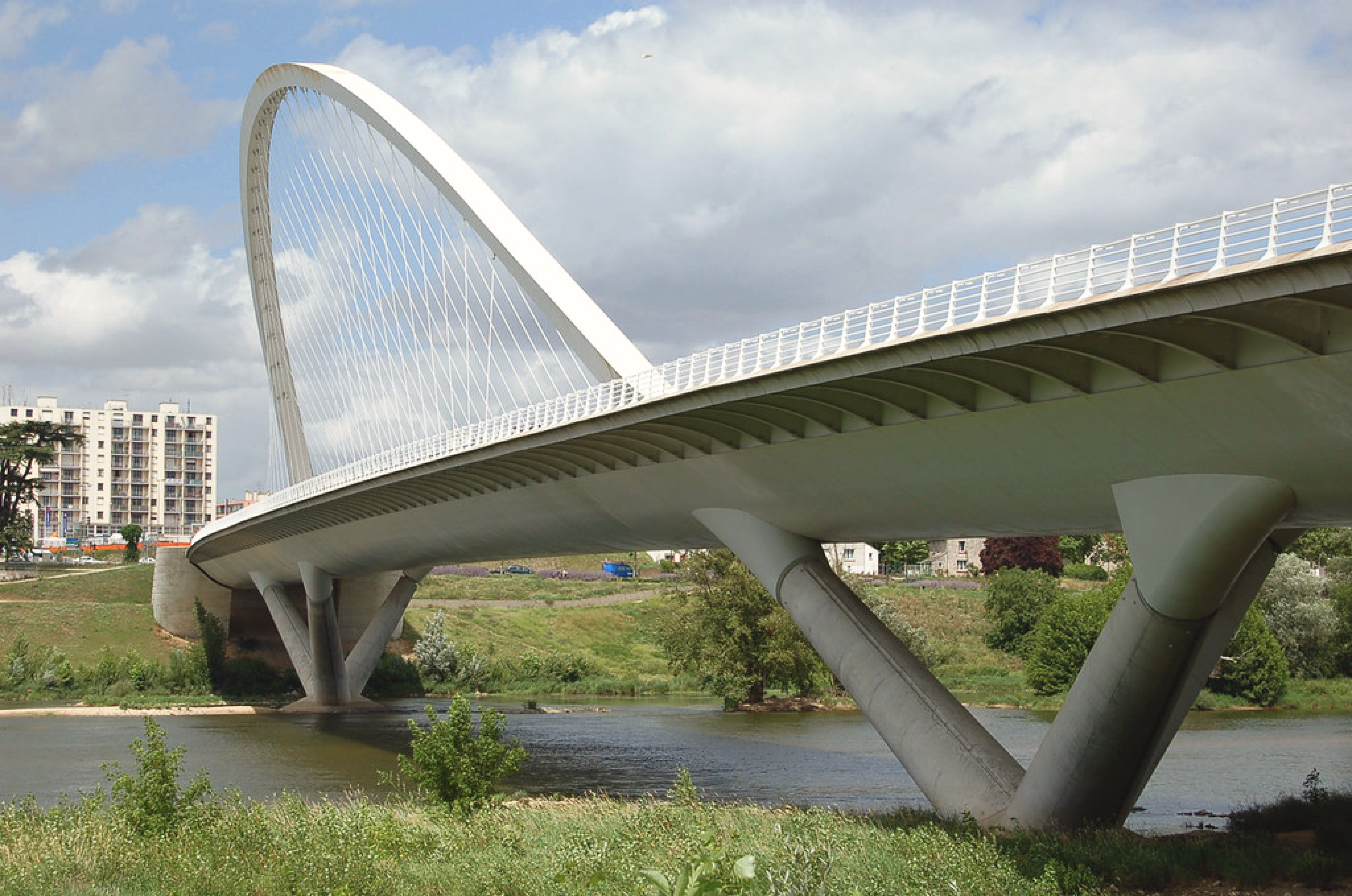
© API abroad
Furniture design
One of the standout features of Norman Foster's furniture is his use of cutting-edge technology and sustainable materials. He is known for incorporating advanced manufacturing techniques and environmentally friendly materials into his designs, creating pieces that are both stylish and eco-friendly.
20-06 Stacking chair
Norman Foster’s collaboration with Emeco resulted in the 20-06 Stacking chair. Foster envisioned a more neutral stacking chair-visually and physically lightweight. But the 20-06 is also super strong-tested to 445Kg. Lord Norman Foster said:
"I appreciate the anonymous character of the 20-06 collection-it meshes seamlessly with our vision for interior space."
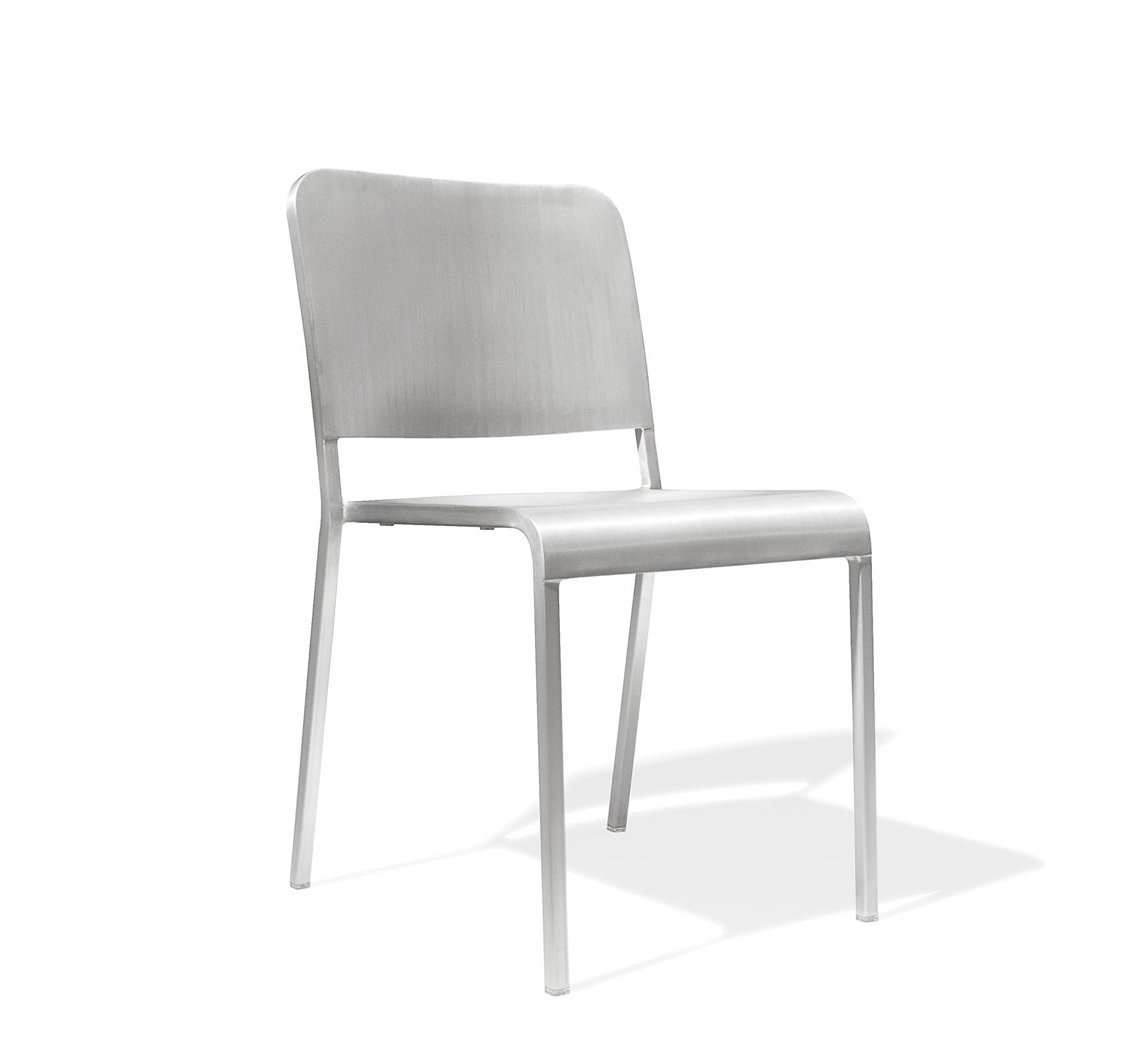
© Emeco
Nomos Table
The Nomos dining table seamlessly blends minimalist elegance, sustainable materials, and philosophical undertones, reflecting the harmonious coexistence of form and function while embodying Foster's visionary approach to design that transcends mere aesthetics and invites contemplation on the interconnectedness of human existence with the natural world.

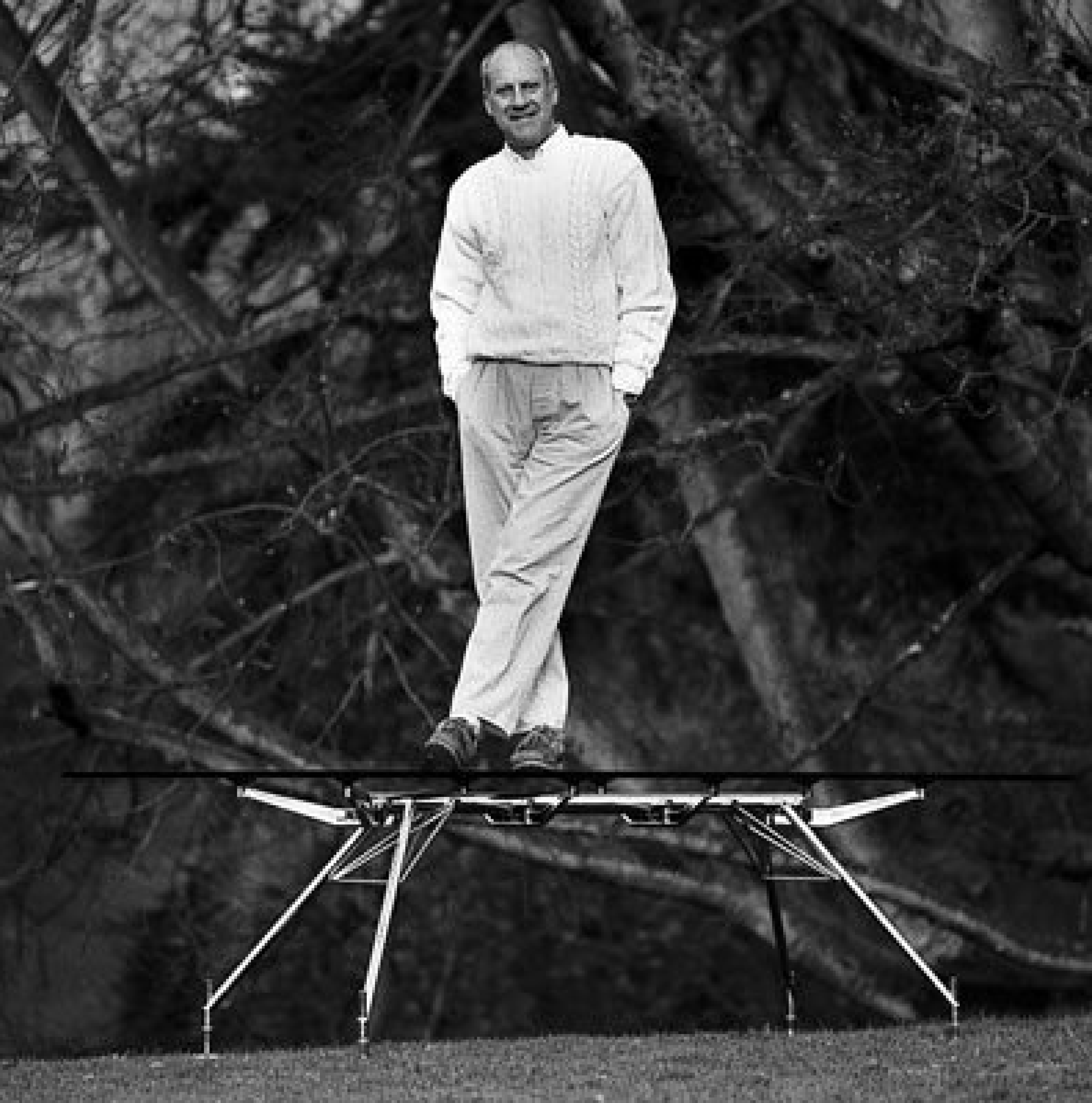
Foster's work not only shapes the physical environment around us but also influences how we interact with and experience our surroundings. His designs often prioritize sustainability and environmental consciousness.
He is challenging traditional notions of architecture and pushing towards a more sustainable and inclusive future. His ability to blend cutting-edge technology with timeless design principles speaks to a deeper understanding of human needs and desires. By pushing boundaries and reimagining what is possible, he helps shape a more sustainable, innovative, and ultimately better future for all.
Edited by Sotnikova
Selected Articles

Two ChairsProject type






